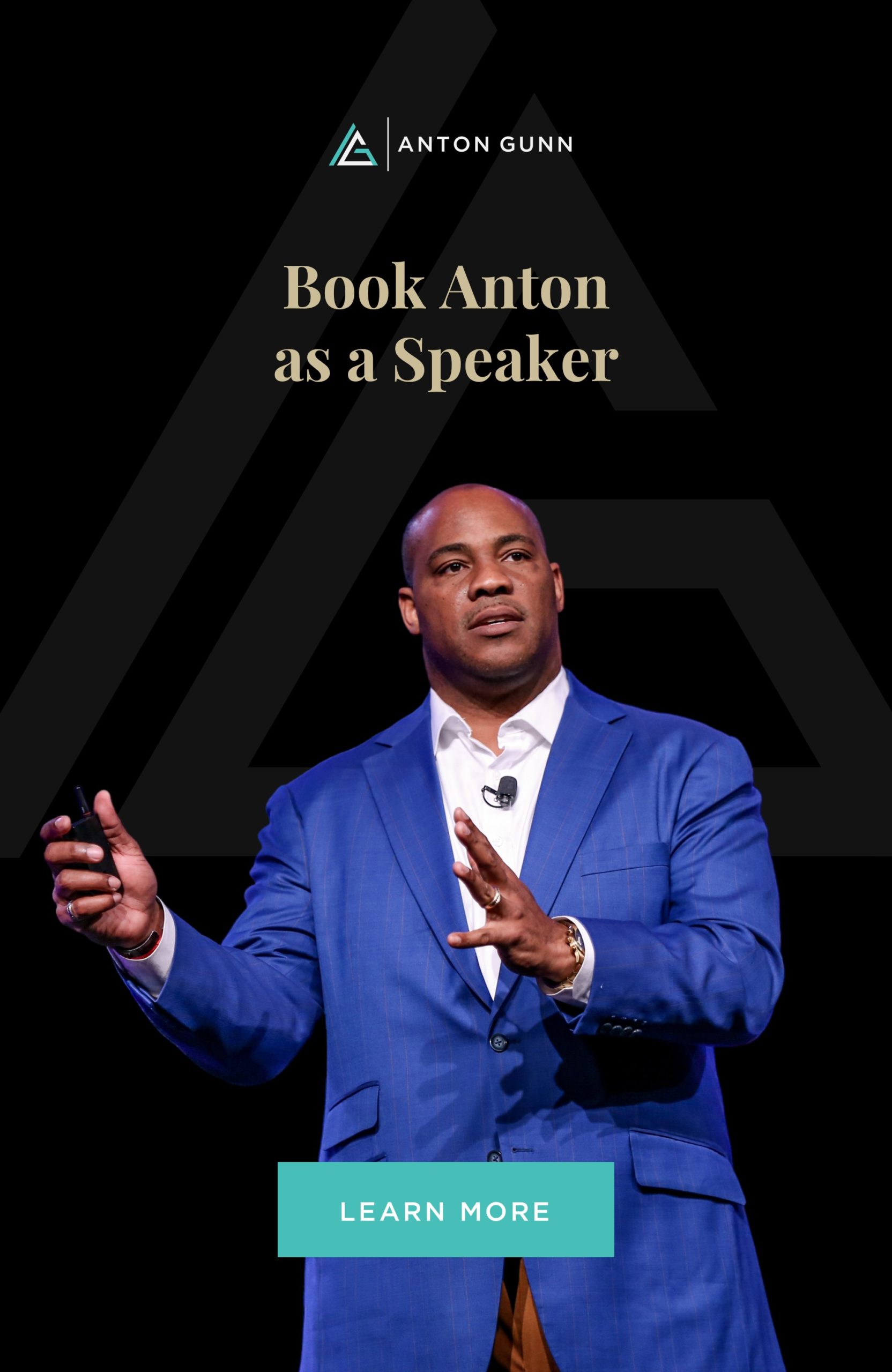The conversation around Diversity, Equity, and Inclusion (DEI) has evolved significantly in recent years. While many organizations have embraced its importance, a recent undercurrent of resistance has emerged. Some question the long-term viability of DEI initiatives, fearing it’s a passing trend.
Let’s be clear: DEI isn’t a fad; it’s a fundamental shift in how we build successful organizations. For 28 years, I have championed DEI, witnessing its transformative power firsthand.
So, why the resistance? There’s a misconception that DEI prioritizes quotas over qualifications or weakens existing teams. This couldn’t be further from the truth. Creating a diverse and inclusive environment fosters a wealth of perspectives, leading to better decision-making, innovation, and ultimately, stronger business outcomes.
The data speaks for itself:
- A McKinsey & Company study found that companies in the top quartile for diversity outperform their peers on several dimensions, including profitability.
- A 2019 Deloitte study showed that companies with inclusive cultures are more likely to achieve revenue growth above their national industry average.
These findings paint a clear picture: DEI is not just the right thing to do; it’s good business. Here are four key actions leaders can take to address resistance and solidify their commitment to DEI:
- Foster Transparency and Open Communication:
- Jargon creates confusion. Replace “DEI” with clear, actionable goals. Explain why DEI matters to your organization, not just for its social impact but for its contribution to a thriving business environment.
- Empower Your Team Through Education:
- Unconscious bias is a reality, and leaders have a responsibility to create a safe space for open conversations about it. Encourage team members to learn about their own biases and how they might influence decision-making. Work together to develop strategies to mitigate these biases.
- Focus on Building a Culture of Inclusion:
- It’s not enough to simply hire diverse talent. Leaders must create an environment where everyone feels valued, respected, and empowered to contribute their unique voice. Foster a sense of belonging by encouraging collaboration, celebrating differences, and providing opportunities for growth and development for all.
- Lead by Example:
- Actions speak louder than words. If your leadership team champions diversity but continues to promote from the same pool, your efforts will ring hollow. Be intentional about fostering a culture of inclusion in your leadership practices.
Let’s address the elephant in the room: some may feel threatened by change, worried that DEI initiatives will diminish their own opportunities. Here’s the truth: DEI isn’t about taking away; it’s about creating a level playing field. When everyone has a fair shot, the entire organization thrives.
So, is DEI going to die? Absolutely not. It’s the cornerstone of building resilient, innovative, and successful organizations in the 21st century. Leaders who embrace an inclusive culture will benefit from the collective strength and diversity of their teams. Those who resist will be left behind in a changing world.
The choice is clear: Embrace DEI, invest in your people, and watch your organization reach its full potential. Now, that’s a strategy worth getting behind!
Do you want to build a just culture? Would you like to build a workplace culture where everyone feels safe and empowered to speak up? Consider booking me for your next event, I can share 7-Step Blueprint for Building a World-Class Workplace.
Also, don’t forget to connect with me on LinkedIn.







